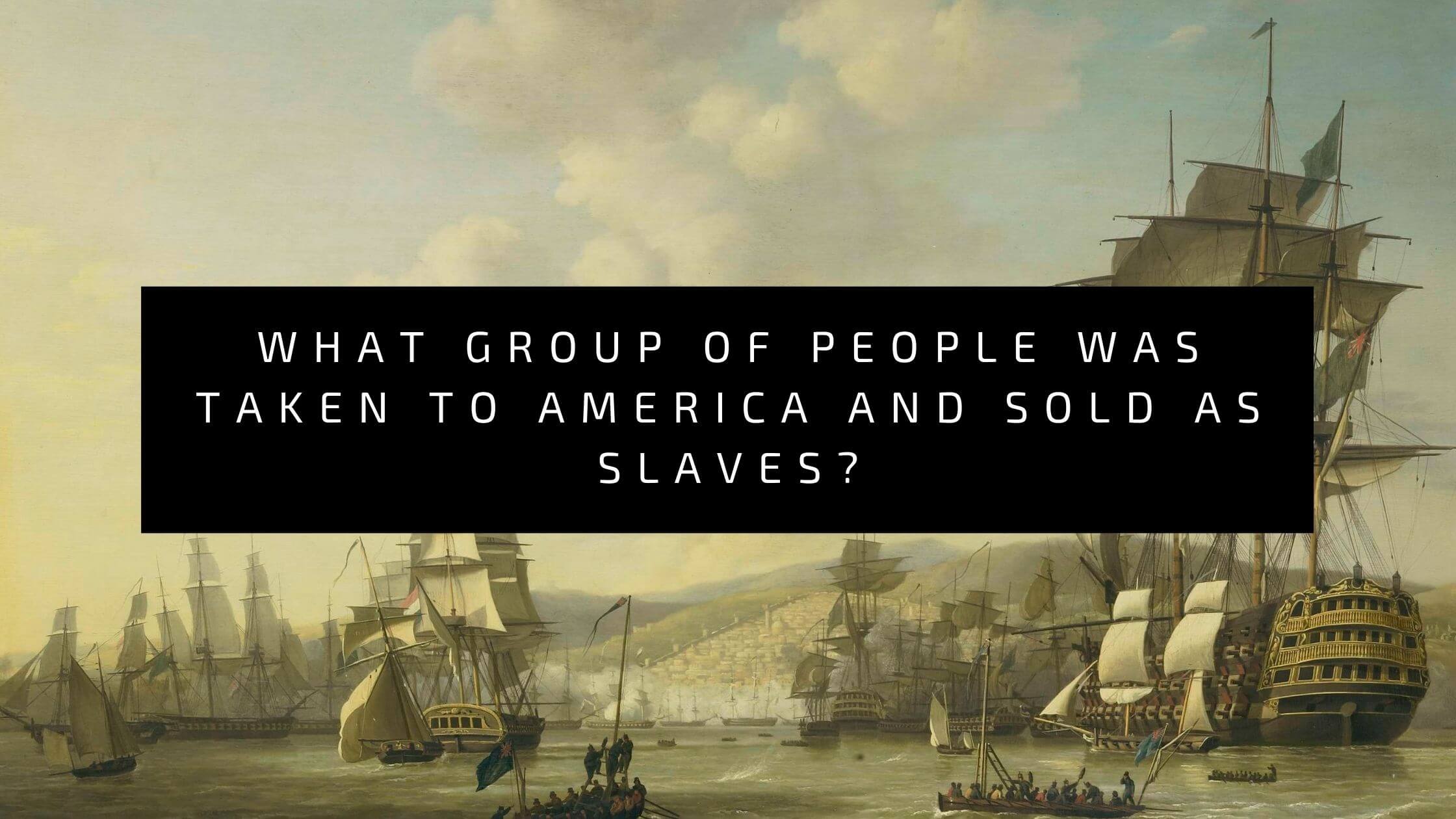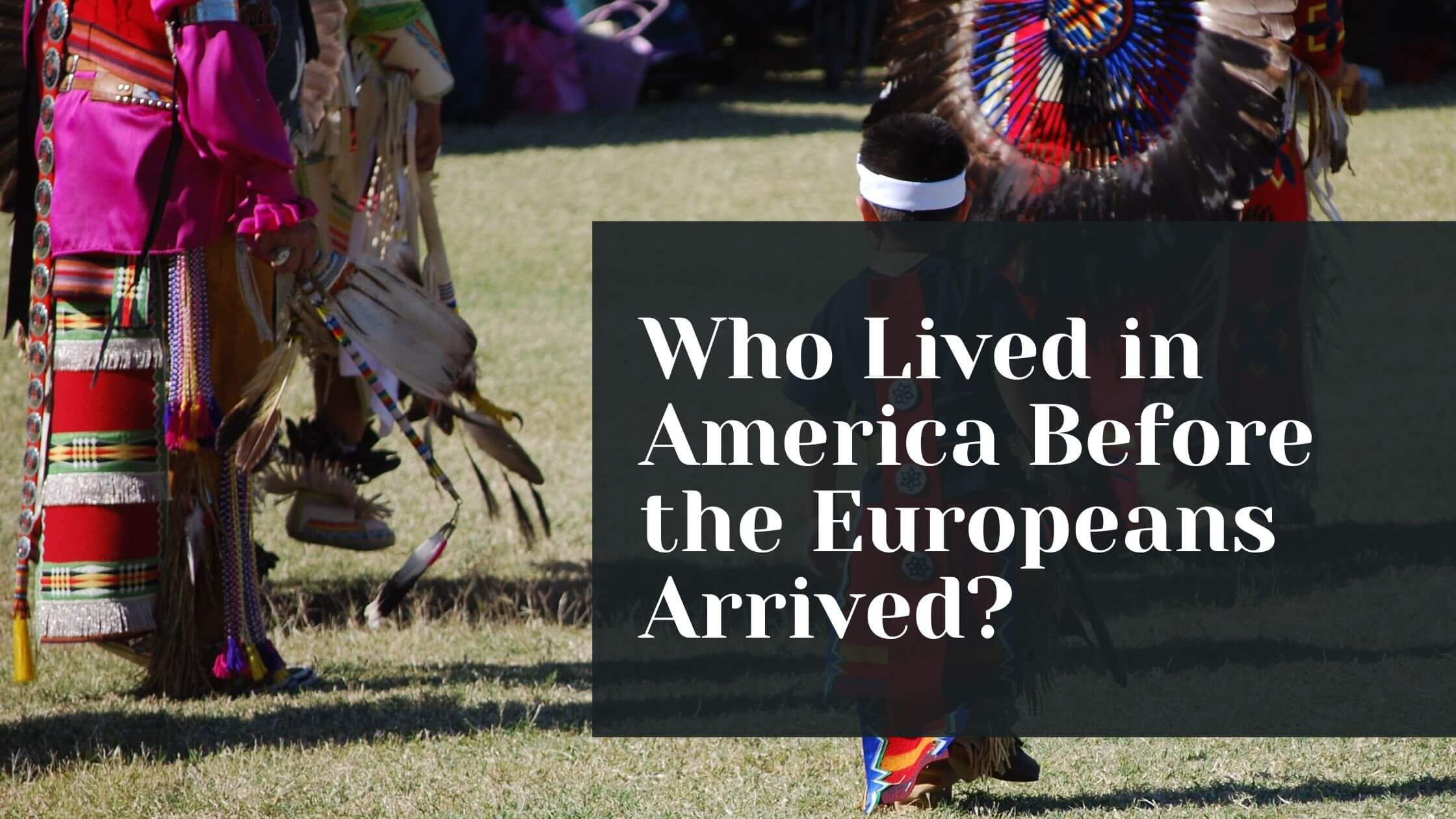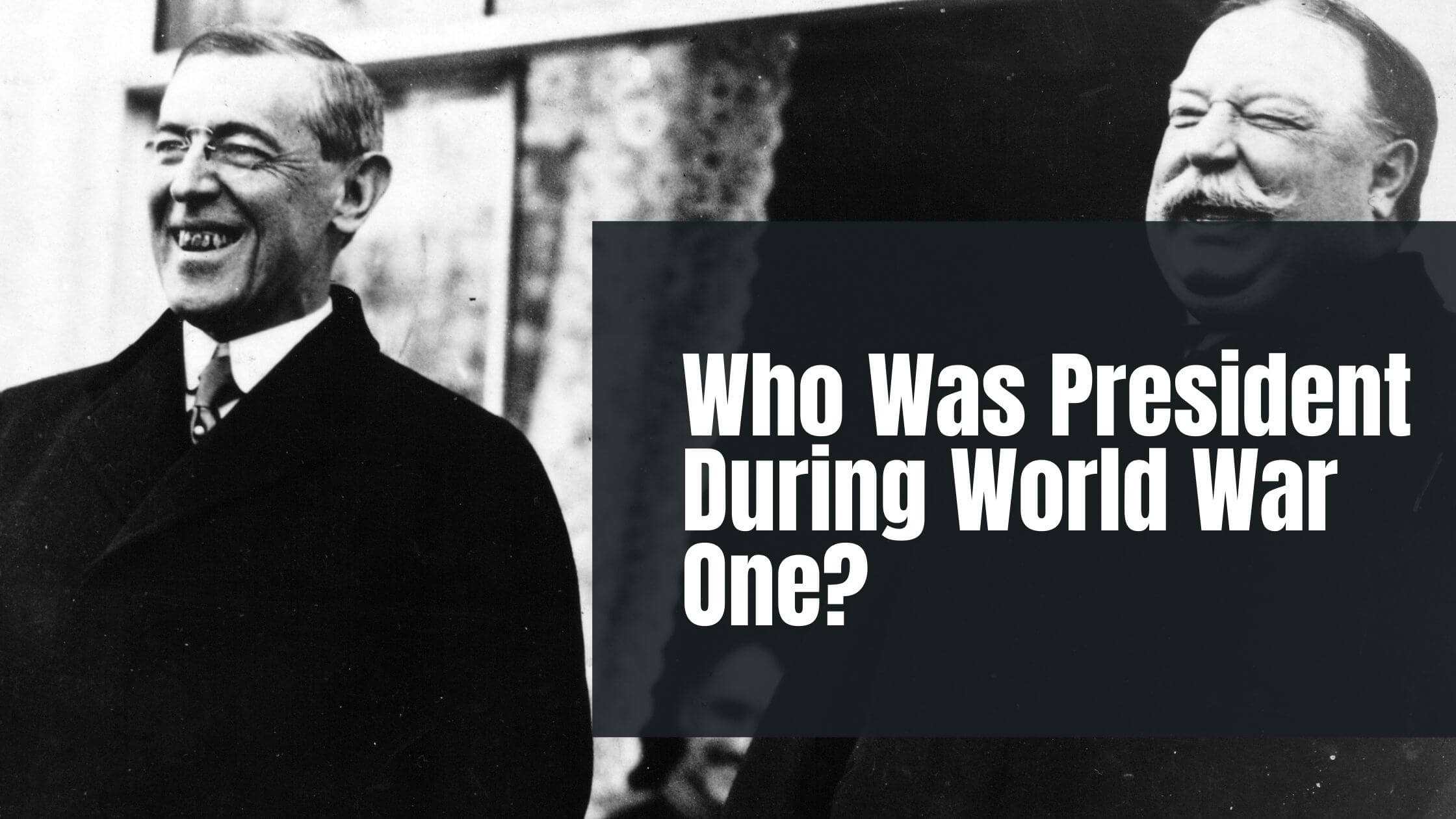Table of Contents
ToggleTo pass the US citizenship test, you will have to answer 10 of a possible 100 questions. The following question is from the USCIS test.
What group of people was taken to America and sold as slaves?
Acceptable Answers:
- Africans
- people from Africa
The following is a full explanation of the USCIS question:
People from Africa Were Taken to America and Sold As Slaves
On August 9, 1526, the first boat carrying African slaves arrived in the New World at Winyah Bay. The institution of slavery predated the founding of the United States of America in 1776, and the treatment of Africans as chattel continued for more than a century afterward.
The slavery of Africans and other groups in the British colonies in North America was commonplace for more than 300 years. The 13 colonies that would eventually form America participated in slavery until its abolition on December 6, 1865. While the northern colonies ended slavery shortly after the American Revolution, slavery continued in the South until the end of the American Civil War.
The Carolinas
In 1526, as part of a Spanish expedition, Lucas Vázquez de Ayllón and 600 colonists landed at Winyah Bay in the Carolinas. Although no records exist today regarding how many enslaved Africans the colonists brought with them, the records from the period provide specific details regarding their activities.
In the 16th and 17th centuries, sugar crops played an important role in expanding British colonies around the globe. Many of the plantations of the time were located in the West Indies. But, to bring the sugar production closer to the British mainland, large sugar plantations were developed around Charles Town in the Carolinas and throughout southern colonial America.
The demand for slave labor was high, and as a result, North and South Carolina became the center of the African slave trade in North America. With the Atlantic Slave Trade expansion, millions of African slaves were brought to the United States and sold as if they were nothing more than a possession.
The Abolition of Slavery in the North
Slavery in the Americas continued unabated from the nation’s founding until the end of the American Revolution. By the end of the Revolution, most northern states had passed laws that abolished slave labor. However, the southern states continued to act as slave owners, sell, and trade slaves as chattel.
By 1805, slave labor had been completely abolished through legislation in every one of the northern states. Moreover, by 1808 the importation of slaves was banned outright by Congress. Despite this fact, census data captured by the government as late as 1840 showed that there were still a few hundred slaves in the southernmost parts of the northern states.
In 1863, the Emancipation Proclamation was issued, freeing all slaves in the Americas. However, due to the importance of the expanding cotton industry to the South, slave labor as an institution would continue until after the end of the American Civil War.
The Expanding Cotton Industry in the South
The cotton gin was invented in 1793 by Eli Whitney. This piece of machinery led to the rapid expansion of the cotton industry in southern states. As the number and size of plantations in the South continued to grow, the demand for slave labor also grew. And by 1861, the polarization between the northern and southern states led to the American Civil War.
During this early period of the United States, there was a rapid expansion as a direct result of the Mexican Cession and the Louisiana Purchase. In an attempt to capitalize on the increase in viable land, the southern states attempted to push the slave trade further west. As a result, there were more than four million Africans enslaved in the South at one point.
The American Civil War
Abraham Lincoln won the election in 1860 for US president. He stood for the belief that slavery should be abolished altogether. As a result of his victory, seven of the US states seceded from the Union and formed the Confederacy. On April 12, 1861, a war between the North and South broke out when the Confederacy attacked Fort Sumter.

Get Smarter on US News, History, and the Constitution
Join the thousands of fellow patriots who rely on our 5-minute newsletter to stay informed on the key events and trends that shaped our nation's past and continue to shape its present.
Three days later, Lincoln activated militias in many northern states prompting more states to secede and join the Confederacy. Initially considering it a mere rebellion, Abraham Lincoln conscripted 75,000 troops to aid with its suppression. As a result, war broke out between the northern states and the Confederate states.
Even as the War Between States continued, Abraham Lincoln lived up to his campaign promises and issued the Emancipation Proclamation, welcomed by every African American. Through this proclamation, slaves, regardless of location, were considered free men. Many even volunteered to fight for the Union against their former owners and the Confederate states.
The American Civil War ended on April 9, 1865. The victory of the Union resulted in the creation of the 13th Amendment. By December, the amendment was ratified, and slavery as an institute of indentured servitude was abolished. However, slavery as a form of criminal punishment was allowed to continue. This resulted in a system known as convict leasing.
Convict Leasing
Convict leasing was a popular form of criminal punishment, especially in the deep South. It is, by definition, a system of slave labor initiated through the penal system. The prison leased criminal offenders who were sent to prison to plantation owners and other private parties to serve out their sentences through forced labor.
The state of Louisiana was one of the first of the southern states to practice convict leasing. This practice spread throughout the South and continued even after the ratification of the 13th Amendment. It was a very lucrative form of criminal punishment for the states. At one point, convict leasing represented more than 73% of the annual income of the state of Alabama.
Convict leasing continued well into the 1900s under the concept of chain gangs. Although phased out in most of the southern states by 1955, the states of Georgia and North Carolina continued to use chain gangs until the 1970s. Several states attempted to revive the chain gang system in the mid-1990s, but these experiments ended shortly after that.











